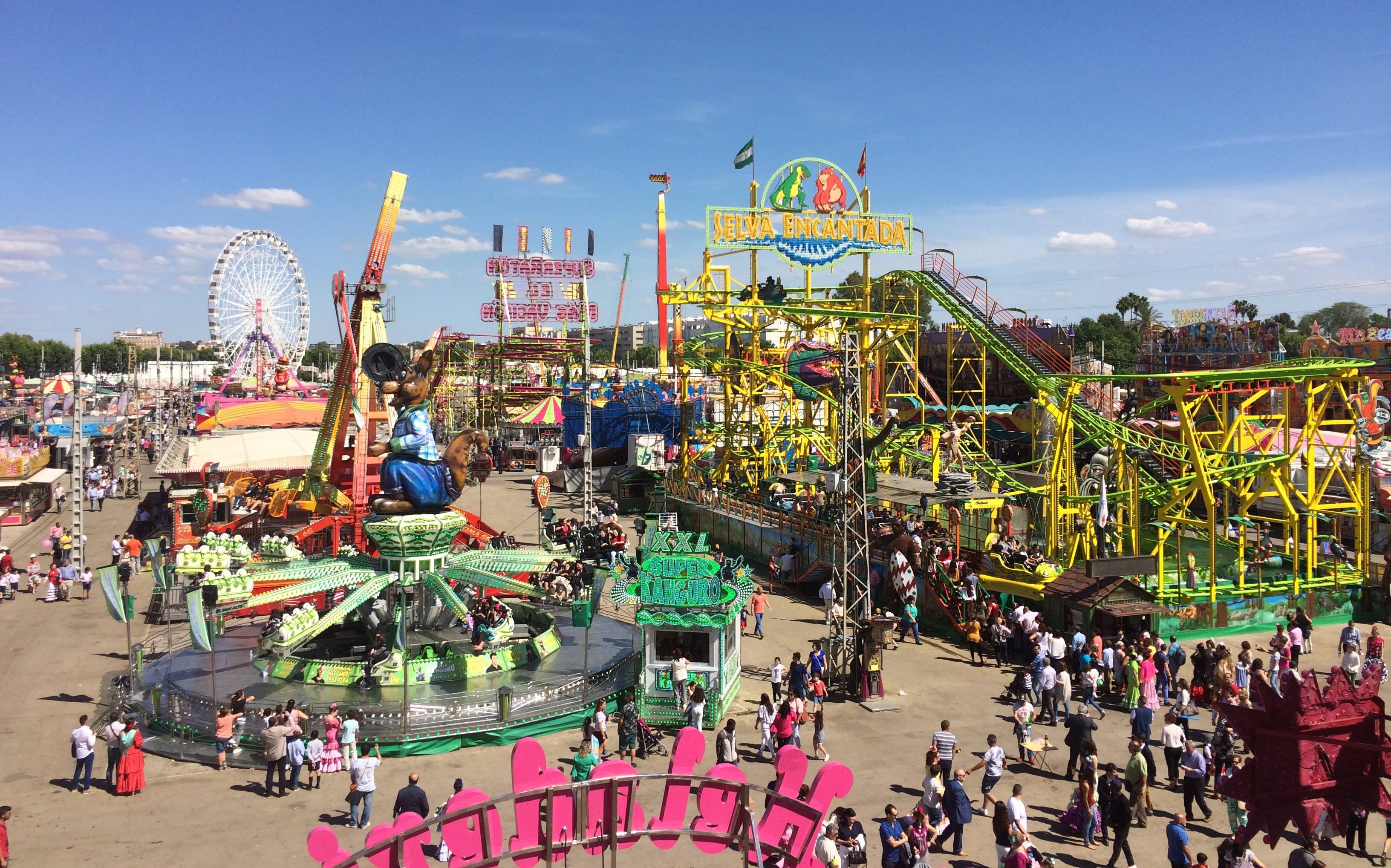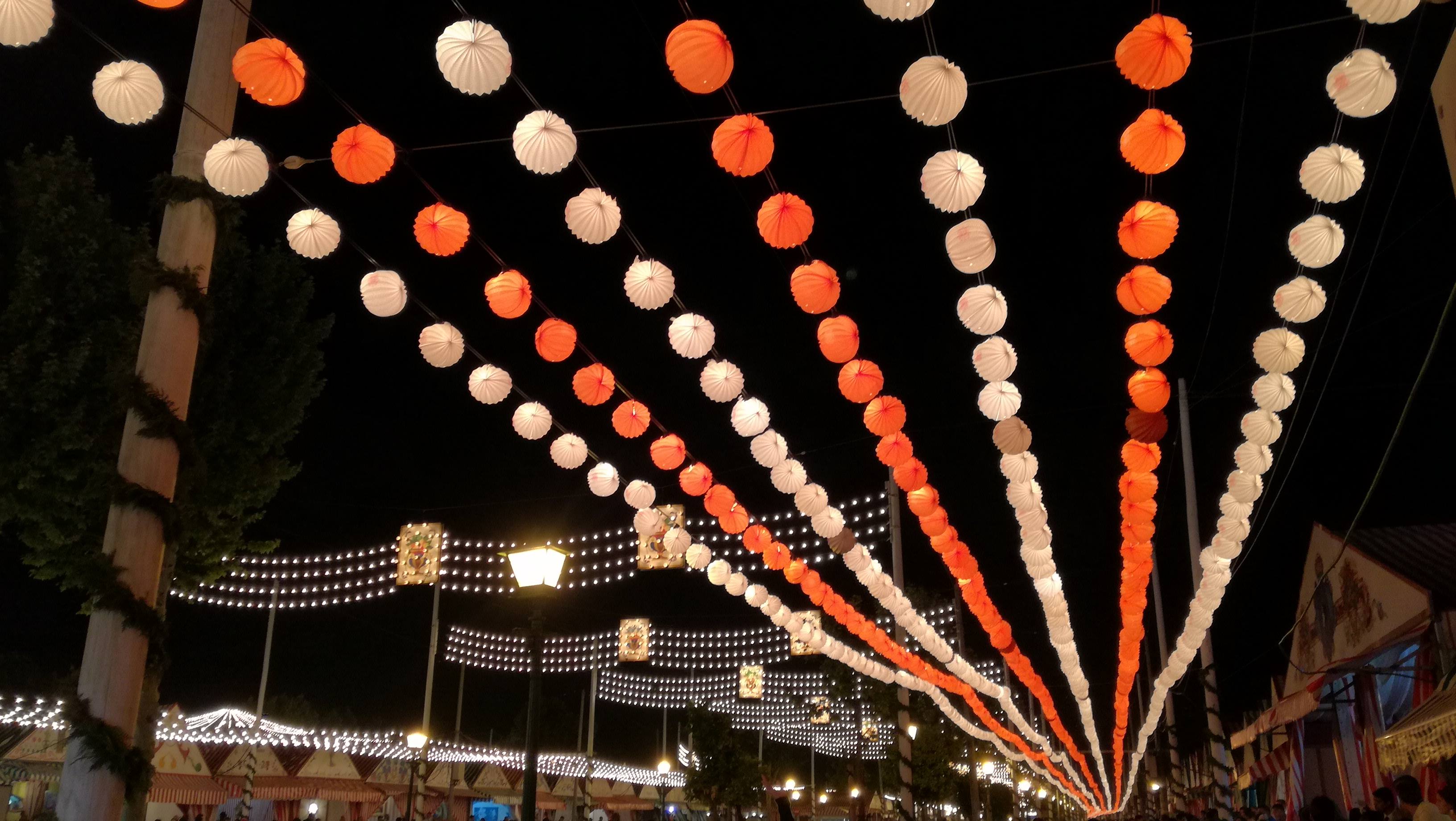Every year, two weeks after Easter, the Andalusian capital city hosts the long-awaited Feria de Abril (The Festival of April), a dynamic festival in which cultural, musical and culinary traditions are the real protagonists. A unique opportunity for everyone to immerse themselves into the Andalusian lifestyle and traditions. This year the festival will take place between the 4th and 11th of May.
By Monica Nicol / 29.04.2019
The Feria de Abril started out as a simple agricultural and cattle fair, but over the years it became a large folkloric and fun event, and a tourist attraction with a considerable economic impact. However, it still represents an important social gathering place for the Sevillians and an opportunity to rediscover Sevillian traditions. Seven intense feast days in which natives and tourists crowd the streets of Seville, where the clatter of the carriages and their horses resonate and everything is illuminated by the bright colors of fans and the trajes de flamenca, the elegant traditional dresses swaying with the dance moves of the sevillanas, a local variety of flamenco.

A view of the great amusement park from the ferris wheel.
The vibrant and cheerful atmosphere which pervades Seville reaches its climax inside the Real de la Feria, the fence that is assembled every year in the Los Remedios area of the city in order to host the event. It represents a fictional city within the city, built on a yellowish sandy ground which is defined as albero, where more than a thousand casetas are set up. These are colourful tents of all sizes in the shape of little houses with elegant furnishings of wood, decorated with striped curtains and flowers, where families come together and celebrate. In contrast to the other Andalusian festivals, almost all casetas in Seville are private, which means that access is restricted to some guests. However, there are also public casetas which represent political parties, the neighborhoods of the city and the municipality. The casetas are grouped in 24 blocks and distributed throughout 15 streets, each of which is named after a famous sevillian torero and is illuminated by colourful paper lanterns, called farolillos. The big fence of the fair also contains the so-called Calle del Infierno, the “infernal street” dedicated to the youngest visitors, who can find here the wonderful amusement park with carousels and the ever-present ferris wheel, as well as the numerous kiosks selling toys and rest-stops.

Casetas on the sandy ground and Sevillians in traditional costume.
Two events must not be missed during this week of entertainment and dancing to the sound of traditional music: the alumbrado ceremony and the fireworks, which characterize respectively the opening and the end of the Feria de Abril.
The alumbrado ceremony takes place during the noche de pescaito (the night of fried fish), characterized by the traditional seafood dinner and by the lighting of the farolillos and the portada, the impressive arc at the entrance of the fence, which starts at the stroke of midnight. The decoration of the portada changes every year and is always dedicated to an important event in Seville.

The farolillos and the numerous light bulbs that illuminate the streets inside the fence of the Feria
The lighting indicated the beginning of the holiday week, where among the numerous sevillian traditions also food plays an important role. Inside the casetas the tortilla de patatas (potato frittata) and the delicious local raw ham, followed by many other delicacies, are always present, accompanied by vino fino and manzanilla, two varieties of dry white wine.

A private caseta with furnishings of wood decorated with the traditional green and white striped elements.
However, the unquestioned king of the feast remains the rebujito, refreshing and lightly alcoholic. It is essential in order to face the scorching temperatures of Seville and to restore one’s strength between dances. It is made by mixing vino fino and manzanilla with soda and… as much ice as you want!
As in fairy tales, this feast of colors, flavours, dances, songs and traditions will end at the stroke of midnight on the seventh day, when the lights of the portada and the farolillos will
go out after a beautiful fireworks show, leaving an impression of melancholy in the hearts of the spectators who have no alternative but to wait with anticipation for the next Feria.




Recent Comments